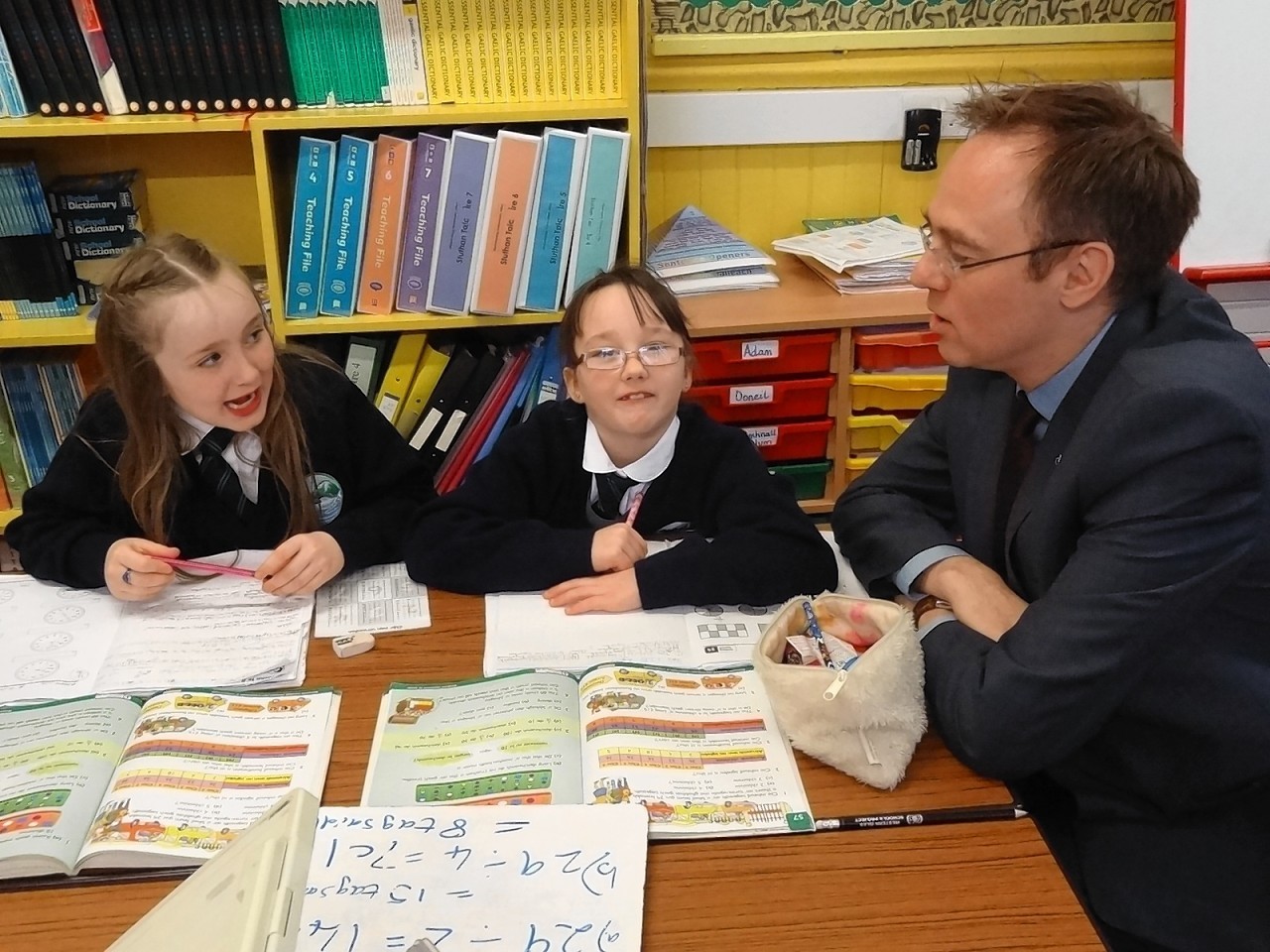Local authorities across the north and north-east are being allocated a share of £7.2million to help teach more languages in primary schools.
The money will be used to continue implementing the European Union 1+2 languages model under which sees P1 pupils taught either French, German, Italian, Spanish or Gaelic.
The Scottish Government made a commitment in 2011 to introduce the model by 2020 which means every primary school pupil will start learning a second language in P1 and a third language at the latest in P5.
The target will bring Scotland into line with many other European countries where learning a second language starts in early primary school and learning three languages is common.
A working group established to drive forward the policy has said there was a strong case to be made for 13 other languages such as Portuguese, Arabic and Russian as well as other eastern European languages and Chinese to be taught.
It is not yet clear how much money each council will receive but they will have the freedom to address local circumstances.
It could be used to provide training for primary teachers, strategic planning and development or employing more language assistants.
Minister for Learning Alasdair Allan, who speaks Gaelic, said: “In today’s global, multi-cultural world it is more important than ever that young people have the opportunity to learn languages from an early age.
“The ability to speak different languages will equip Scotland’s young people with the skills and competencies needed in a 21st century global marketplace.”
The announcement was welcomed by Fhiona Fisher, director of Scotland’s National Centre for Languages, local authority group Cosla and teachers union the Educational Institute of Scotland.
But EIS General Secretary Larry Flanagan highlighted concerns over the workload implications for primary teachers and questioned where the additional language learning would fit within an “already cluttered” curriculum.
“The increasingly severe workload burden that is already being placed on teachers must first be addressed before any new areas of responsibility are added,” he added.
